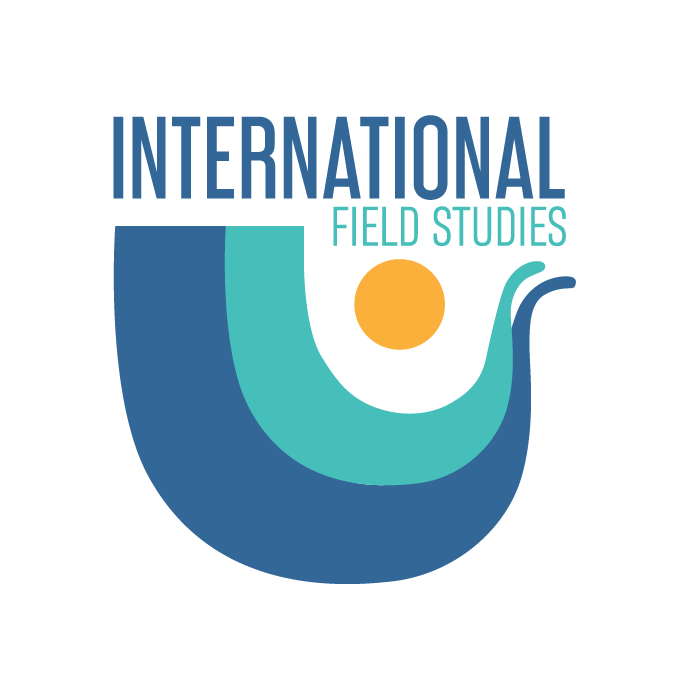Alumni Highlight: Michael Vincent
/Michael Vincent, Former Student and Group Leader
How did the Miami University Botany program at Forfar Field Station start?
The program started with Hardy Eshbaugh and TK Wilson after they discovered Forfar while on a birding trip to Andros. They started the botany course at Miami University with a travel component to Forfar back in 1972. My first visit to Forfar was when I took the course as a graduate student at Miami in 1986. Then, in 1995 they brought Jim and I down to the field station to learn how to teach the course and ever since then I led the trip for Miami Botany. We now have Rich Moore leading the student trips with another graduate student since I’ll be retiring in July (2020). It’s the 3rd generation of Miami Botany, how exciting!
What was your official title at Miami? Were you always on track to becoming a professor or how did you find yourself there?
I’m the Curator for the Willard Sherman Turrell Herbarium.I knew I loved botany when I was five years old when I would sit around looking at plants so I’ve been doing what I always wanted to do. My parents went to Miami and it was the only school I applied to since I knew about their impressive botany program. Since I started at age five, I like to tell people I’ve been a Botanist for 60 years now!
What are some of your favorite memories from the student trips?
It was amazing seeing the students grow over the course of 2 weeks both personally and in their understanding of biology. I remember seeing dolphins come in with the boats on the way back to Forfar after a day out on the ocean. We had some students jump out and swim with them. There were also some harrowing experiences in years prior where we were stuck on a Cay during a sudden thunderstorm with tremendous amounts of thunder. Mostly, just seeing how much the students got out of this type of experience.
How did you see Andros/Forfar change over the years?
The advent of electricity readily available on the island made a huge difference. When we first visited it was intermittent at best with no regular electrical service. Electricity was only available certain times of day and just came from generators. There was no generally available water system either, just water tanks for rainwater so we had to be extra careful about water consumption. The station has become more and more modernized over the decades which has been huge. I’ve seen the population of Andros grow and more development happen. I’ve struggled with seeing some sites lose their biodiversity; one beautiful field of orchids was bulldozed when a bonefishing resort lodge was built. Luckily, Andros is still remote enough that it hasn’t been too developed.
Was it challenging being a group leader? What was the most rewarding part?
The most challenging aspect was if we had students who were immature or would misbehave. The most rewarding part was certainly seeing the growth in the students' understanding of the concepts we were teaching and their excitement in the field.
What is your favorite land or boat day?
As a Botanist, I prefer being on land and am not much of a water person. Though I did love Pigeon, Rat Cay, and Saddleback for the boat days. Land, oh golly, there were so many neat places! Atala Coppice was certainly a favorite and any blue hole filled with orchids and bromeliads. I loved seeing so many diverse habitats. For such a small place, it’s so fun to go from habitat to habitat giving the students the chance to compare them.
When was the last time you were at Forfar? Do you ever see yourself returning to Andros or Forfar?
I was there with my last student group in 2019. I hope to return someday soon and bring my wife with me to experience Andros. I’m about to retire and plan to work on a flora book so I’m hoping to visit Andros again as part of that research. I think I’ve been to Forfar 60 or more times over the course of my life.
What does Forfar mean to you?
Forfar was a big part of my career as a scientist. Especially with how important it was for me to have access to the area the way I did through Forfar Field Station since I was able to be in the field in a way that would not have been offered to me as a normal tourist. I would always tell my students beforehand I wanted them to learn how to see things on this trip. They go through school being taught ‘this is a leaf’ and ‘that is a petal’ but I wanted them to understand all the subjects, physiology and ecology, and see everything together - which they did.



